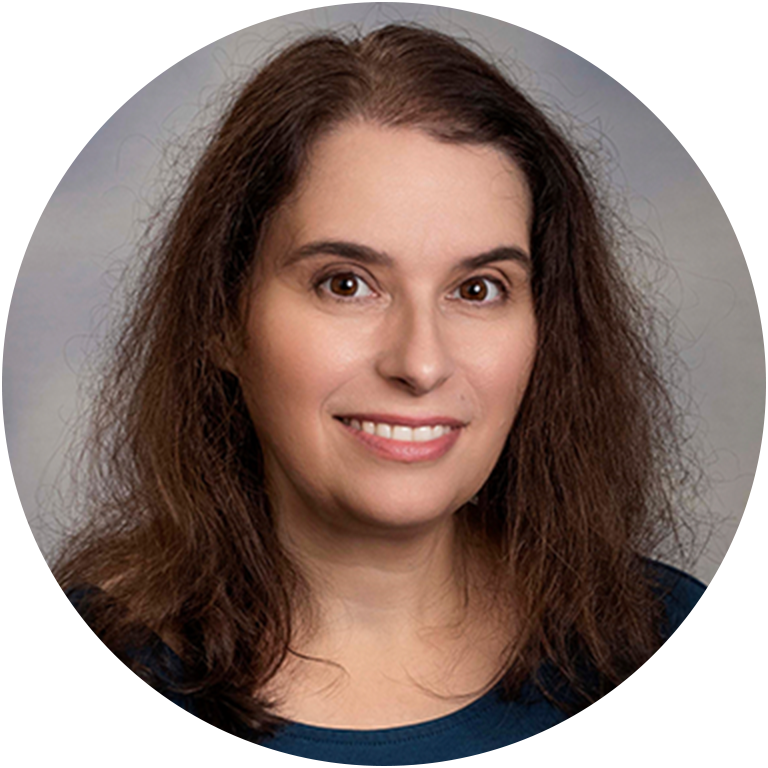Change certainly has its challenges, but it also brings with it opportunity. One viewpoint is not necessarily better than the other; they are just different ways of approaching a similar situation. At University of South Carolina Upstate, Dr. Celena Kusch decided to approach change through the lens of opportunity. As with so many processes, the challenge and change brought on by the pandemic provided an opportunity to fundamentally shift the institutional process of faculty review. We were recently able to discuss this transition and much more with Dr. Kusch and have captured some key elements below for the benefit of all. This conversation took place in October of 2021.
I feel like the transparency and the clarity and the equity that you're able to achieve using Anthology Faculty ePortfolios makes all the difference and that's the whole reason to put this effort in.
Dr. Celena Kusch
Executive Director, Center for Academic Innovation and Faculty Support
Q: How are things going with the faculty ePortfolio rollout?
A: We are on our second year of creating all promotion and tenure and pre-tenure review with ePortfolio through Anthology Portfolio. In the spring, we will start using it for post-tenure review. That will be the final piece of our set of faculty review all moved to an electronic format. We have transitioned from a SharePoint based electronic annual review system to the Anthology-based ePortfolio system for annual reviews. At this point, almost 100% of the people who should be wrapped up are wrapped up, which is awesome, and almost everybody who should have turned in everything they needed to turn in did it! A big win for us with this shift is that the process is now a lot more transparent to a lot more people. It is a lot easier to see what was missing and a lot more people got reminders that prompted action. Last week one of my faculty had been informed that they hadn't done an annual review from the previous year, and that faculty member made a portfolio on their own and submitted to their chair. Never talked to me about it. Just did it. No problem. It was so nice to see that type of behavior happening.
Q: What are some of things about this new process that excite you and the people involved?
A: A significant upside to this process shift is that we have finally adopted ePortfolios and electronic reviews in our faculty manual. So we managed to make a giant institutional process improvement because of Anthology. We’ve eliminated roughly 14 steps as well to improve our efficiency and have seen buy-in across the board for these changes. Another thing that excites me a lot is our ability to deliver transparency to the process. In order to have an equitable and supportive review process of faculty, all of the rules have to be transparent and equally available to everybody. With ePortfolio, we could quote each policy and definition in the place where it needed to be so that the relevant instructions were in the right place at the right time. We were able to link out to policy documents so that when the faculty open their template, the template also has the set of policies, procedures, and instructions needed and you didn't have to rely on having a supportive mentor, or your understanding of an invisible set of rules and potentially inequitable access to unstated policies.
Q: It seems like you have all the right momentum with this shift, which is exciting! In the beginning, what was your approach or how did you set people up for the successful adoption and transition from the old paper process to digital?
A: I made myself completely available. Once we decided to move forward with the change, I understood that introducing more change at the time was not going to be easy. Some people are better with change than others, so there had to be varying levels of support to fit the specific need. I made videos, help sheets, PDFs with screenshots. Some people only want you to show them a video. Some people only want to see the PDF with the pictures. And again, I just made myself completely available. We were consistent with the discussion and commitment. We encouraged folks and emphasized that we were all in this together. In addition to that, I encouraged everyone to not reach any level of frustration with the process and reach out to me for anything. I was there to help, help, help.
Q: Considering everything you have going on in this space, what’s next on the agenda for this continued adoption and expansion of the new process?
A: We are always considering ways to improve the process and continue to see that positive momentum pick up. Once we made it through the initial review process, our promotion and tenure committee did a survey at the end of the process in early spring and the response was overwhelmingly positive. 94% of the faculty candidates who had created ePortfolios said they absolutely will never go back to paper. Let's keep this. We love this. Give us some more, please. The vast majority of the reviewers also thought that they never wanted to see a giant binder (paper) again. The next step for us is to do a true process debrief and look at the way in which people work through the system, understand potential issues during submission, gather input from chairs on what is triggering resubmissions, and learn not only how we can make the technology easier for us, but also have the technology show us how to continuously improve.
Our sincere thanks to Dr. Kusch for sharing their experiences with us. If you’d like your campus to be showcased, reach out to your consultant.

